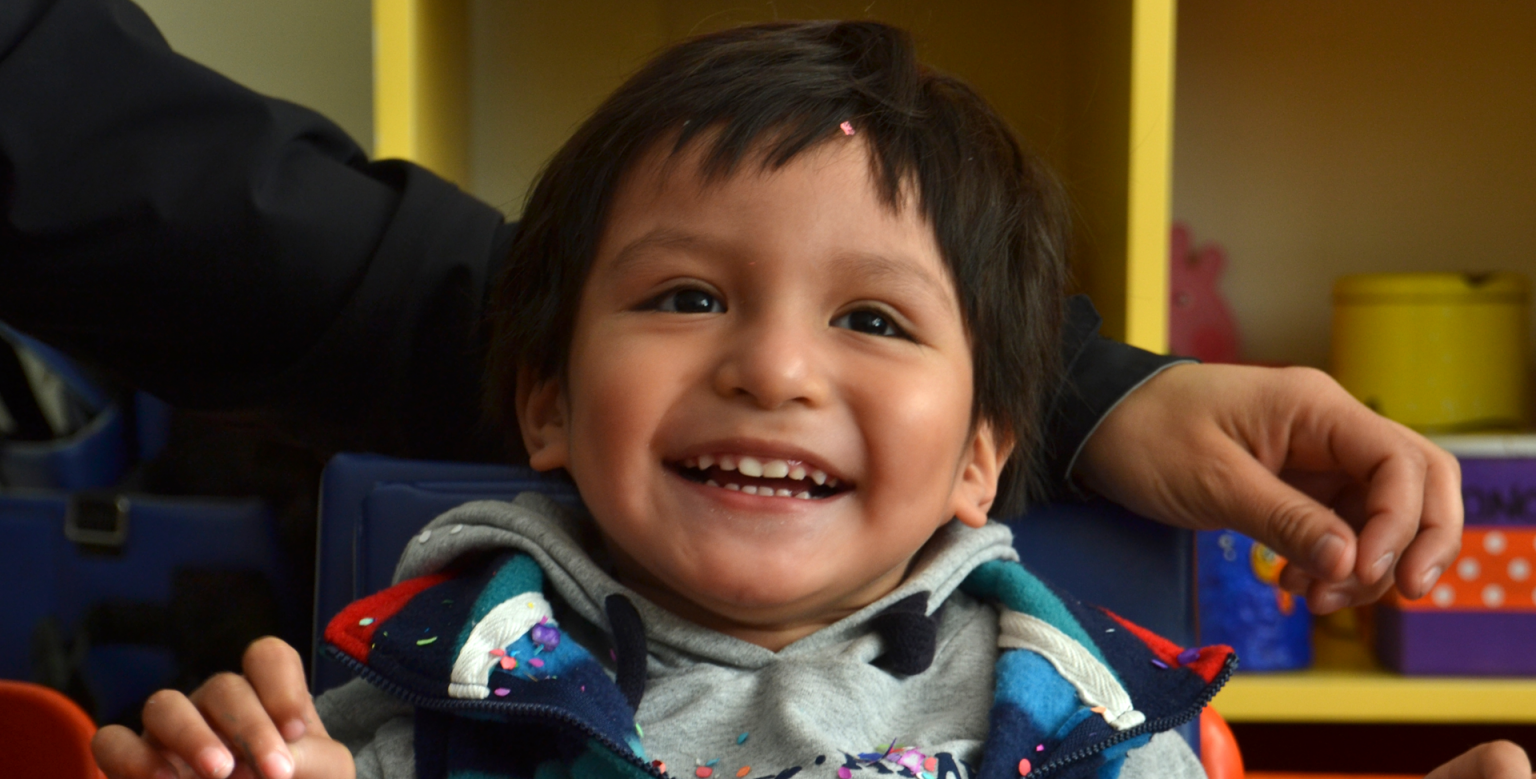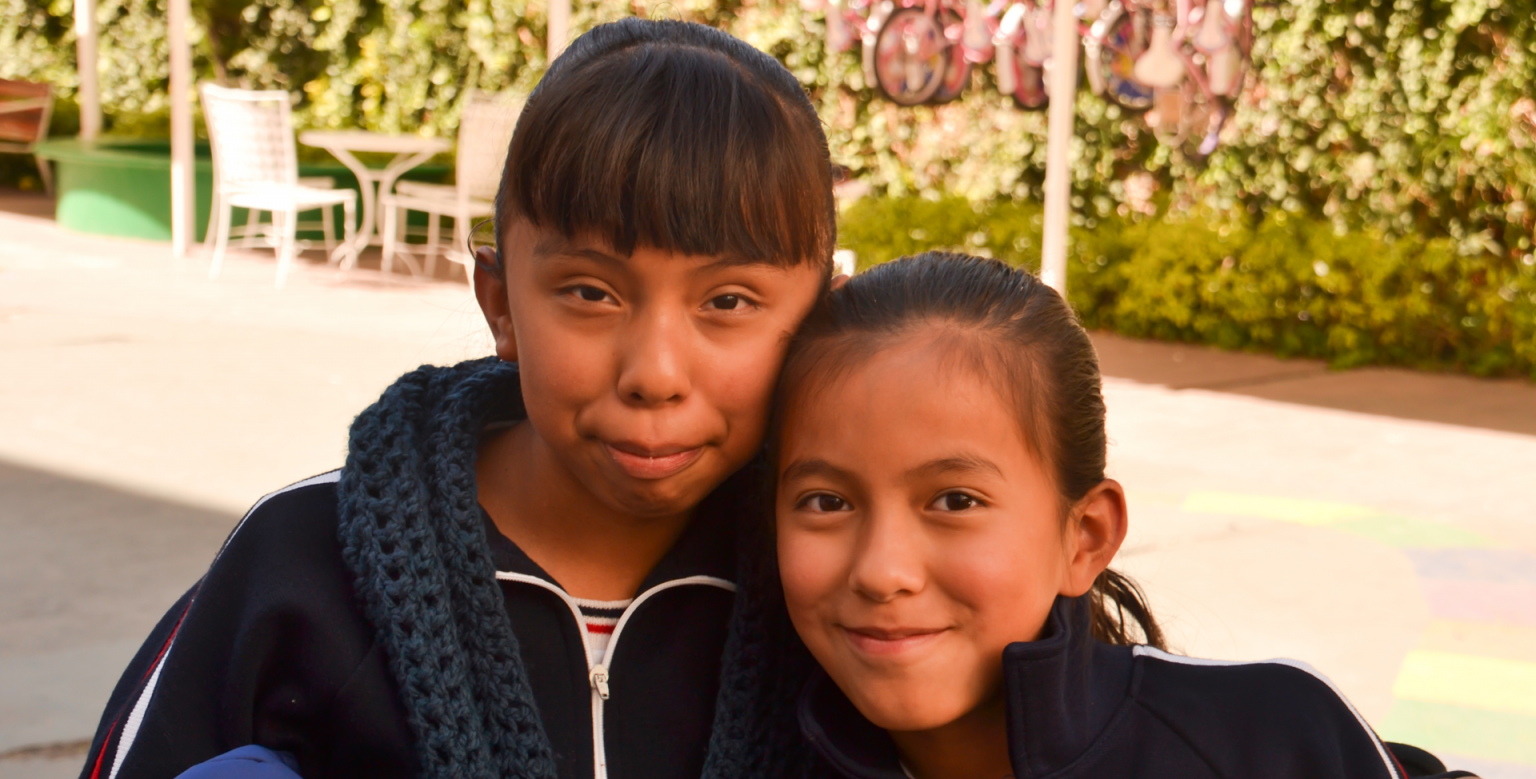Human Rights Promotion
- Home
- / Human Rights Promotion

At Fundación Dibujando un Mañana, the promotion of human rights is a cornerstone of our work. Every project and initiative we undertake integrates human rights principles at every level.
On this page, you’ll find tools, resources, and testimonials from our partners that highlight the importance of human rights in civil society interventions.
Why are Human Rights important in Civil Society Organizations?
Children’s Rights Audit conducted at CEDIC.
Connie Durán's Testimonial - Puerta Abierta (EbDH).
Gabriel León's Testimonial - Mayama (EbDH).
Mónica Sánchez's Testimonial - Club de Niños y Niñas de Nuevo León (EbDH).
Patricia Secunza's Testimonial - Ednica (EbDH).
Human rights are protected by a robust legal framework in Mexico and internationally. These rights are enshrined in laws, agreements, conventions, and other instruments that define the inherent rights of children and outline mechanisms for their protection.
Designs © UNICEF, 2019 – “UNICEF does not endorse any company, brand, product or service.”
Convention on the Rights of the Child (spanish)
General Law on the Rights of Children and Adolescents (spanish)
Human Rights Promotion in Fundación Dibujando un Mañana

Human Rights Promotion | Guide
Resources for Human Rights–Based Approaches
MODULE 1
Social Inclusion
CLICK HERE
and download the Module 1 manual.
MODULE 2
The 2030 Agenda for Sustainable Development
CLICK HERE
and download the Module 2 manual.
MODULE 3
Civil Society Organizations
CLICK HERE
and download the Module 3 manual.
MODULE 4
HRBA with Effective Impact
CLICK HERE
and download the Module 4 manual.
MODULE 5
Additional Considerations for Rights-Based Interventions
CLICK HERE
and download the Module 5 manual.
MODULE 6
HRBA in Emergency Contexts
CLICK HERE
and download the Module 6 manual.

SDG 3 Guide

SDG 4 Guide

SDG 8 Guide

SDG 10 Guide
What are Human Rights and why do they matter?
1.1 Do You Know What Human Rights Are?
- Brief description
- Author
A friendly and accessible document that offers a general overview of what human rights are, which rights are protected, and in what situations they may be violated. It also briefly explains how organizations help uphold human rights—through advocacy, legal defense, and development-focused projects. (Spanish)
Oxfam
1.2 Basic aspects of Human Rights
- Brief description
- Author
A simple and practical tool that explains what human rights are, how they are categorized (economic, social, cultural, civil, political, etc.), and their key characteristics. It also outlines the responsibilities of the State and where individuals can turn if they experience human rights violations—both in Mexico and internationally. (Spanish)
CNDH
1.3 What are Human Rights?
- Brief description
- Author
An easy-to-understand resource that explains the concept of human rights in a clear and straightforward way. (Spanish)
Supreme Court of Justice of the Nation (México)
1.4 Common myths about Human Rights
- Brief description
- Author
A comic-style publication that addresses common myths surrounding human rights. Its goal is to debunk misinformation and provide accurate, accessible information on the topic. (Spanish)
Supreme Court of Justice of the Nation (Mexico)
1.5 What happens if my Human Rights are not respected?
- Brief description
- Author
An accessible guide that helps individuals identify human rights violations, understand who to contact in such cases, and learn how their rights can be restored. (Spanish)
Supreme Court of Justice of the Nation (Mexico)
What is the Human Rights–Based Approach and why is it important?
2.1 Key concepts guide for the Human Rights–Based Approach in project and public policy management
- Brief description
- Author
A concise and structured guide that explains what the Human Rights–Based Approach (HRBA) is, its origins, purpose, connection to gender equality, and its core components. It also provides a brief overview of the national and international legal frameworks that support this approach, along with key elements for applying it in project management processes. (Spanish)
José Manuel Ramos Robles, with support from the European Union and the Mexican Agency for International Development Cooperation (AMEXCID), Ministry of Foreign Affairs.
2.2 The Human Rights–Based Approach in development programs and projects
- Brief description
- Author
This resource begins with a general conceptual overview of human rights and their relationship to development. It then defines the HRBA, distinguishes it from the needs-based approach, and explores its connection to gender perspectives. Finally, it offers a practical proposal for applying the HRBA in programs and projects, including a case study. (Spanish)
Manuel Gómez-Galán, Daniel Pavón Piscitello, Héctor Sainz Ollero
2.3 Programming methodology from a Rights-Based perspective
- Brief description
- Author
This guide explains the HRBA from a child-centered perspective, detailing how to incorporate its core elements into each phase of program design. It integrates cross-cutting principles such as non-discrimination, the best interests of the child, and child participation. Includes a recommended bibliography at the end. (Spanish)
Marta Martínez Muñoz
2.4 The Child Rights–Based Approach
- Brief description
- Author
The first part of this document introduces the basics of human rights: definitions, characteristics, standards, international instruments, and protection systems. The second part focuses on the Child Rights–Based Approach—why it’s necessary, its principles and pillars—based on the Convention on the Rights of the Child. (Spanish)
UNICEF
2.5 Rights-Based Programming Approach
- Brief description
- Author
This manual explores the nature and importance of a rights-based approach, international legal standards, and key principles for integrating human rights into project planning. It offers practical tools to apply international norms throughout the entire project cycle. (Spanish)
International Organization for Migration
2.6 Human Rights–Based Approach: Evaluation and Indicators
- Brief description
- Author
This guide is designed to support those responsible for evaluating social projects, helping them incorporate HRBA elements into their assessments. It emphasizes the added value of integrating human rights principles into evaluation processes. (Spanish)
Red En Derechos
2.7 Guide to Applying the Human Rights–Based Approach (HRBA) in Public Policy and Development Projects
- Brief description
- Author
A straightforward document that describes the HRBA and highlights how to apply it when designing development projects and public policies. (Spanish)
Spanish Agency for International Development Cooperation (AECID)
What are Children’s Human Rights and why do they matter?
3.1 My Rights: Children and Adolescents
- Brief description
- Author
A friendly and accessible guide that explains what human rights are, with a special focus on the rights of children and adolescents. It walks readers through each right established in Mexico’s General Law on the Rights of Children and Adolescents, using simple language. The final section offers guidance on what children can do if they feel their rights have been violated. (Spanish)
Ministry of the Interior (Secretaría de Gobernación)
3.2 Manual for children who want to learn about Human Rights
- Brief description
- Author
An educational tool designed for teachers and facilitators working with children and adolescents on human rights topics. It summarizes content and activities using four methodological tools:
Literary text analysis
Observation of everyday life
Research
Direct participation in proposing solutions to human rights violations The goal is to help children understand their rights and apply them in daily life. (Spanish)
Human Rights Commission of the State of Yucatán
3.3 Vale! Vale!
- Brief description
- Author
An illustrated storybook that follows a girl named Vale as she navigates challenges with her homework. The story unfolds in 10 stages, each linked to one of the 10 principles of the Declaration of the Rights of the Child. Themes include equality, freedom, education, health, housing, identity, and more—promoting respect and harmony through storytelling. (Spanish)
National Human Rights Commission (CNDH) and Refugio Pereida
3.4 Children Count in Mexico
- Brief description
- Author
A child-friendly report created by and for children and adolescents. Produced by REDIM, it presents statistics, reflections, and testimonies to paint a picture of the current state of children’s rights in Mexico. Topics include:
Population demographics
School attendance
Access to healthcare and social security Useful for civil society organizations and also for children to recognize conditions that may affect their rights. (Spanish)
Network for Children’s Rights in Mexico (REDIM)
3.5 Child Rights Manual: Integrating Children’s Rights into Development Cooperation
- Brief description
- Author
A practical guide for adopting a child-centered, rights-based approach in development work. It aims to ensure that children’s rights are embedded in all actions and strategies that promote their well-being. (Spanish)
UNICEF
3.6 We all have the same rights
- Brief description
- Author
An illustrated booklet that explains each child’s rights in a brief and simple way. Designed for children aged 6 to 12, it’s a valuable resource for educators working on rights-based education with young audiences. (Spanish)
María de los Ángeles Corte Ríos
3.7 Booklet on the Best Interests of the Child
- Brief description
- Author
A concise and clear explanation of the principle of the Best Interests of the Child. Useful for professionals working with children, helping them adopt a rights-respecting approach that recognizes children as rights holders. (Spanish)
State Human Rights Commission of Nuevo León
3.8 Child-Friendly Version: General Comment No. 25 on Children’s Rights in the Digital Environment
- Brief description
- Author
Created by children and adolescents to help others around the world understand their digital rights in a simple and engaging way. Encourages young people to exercise their rights in online spaces. (Spanish)
Inter-American Institute for Children and Adolescents

